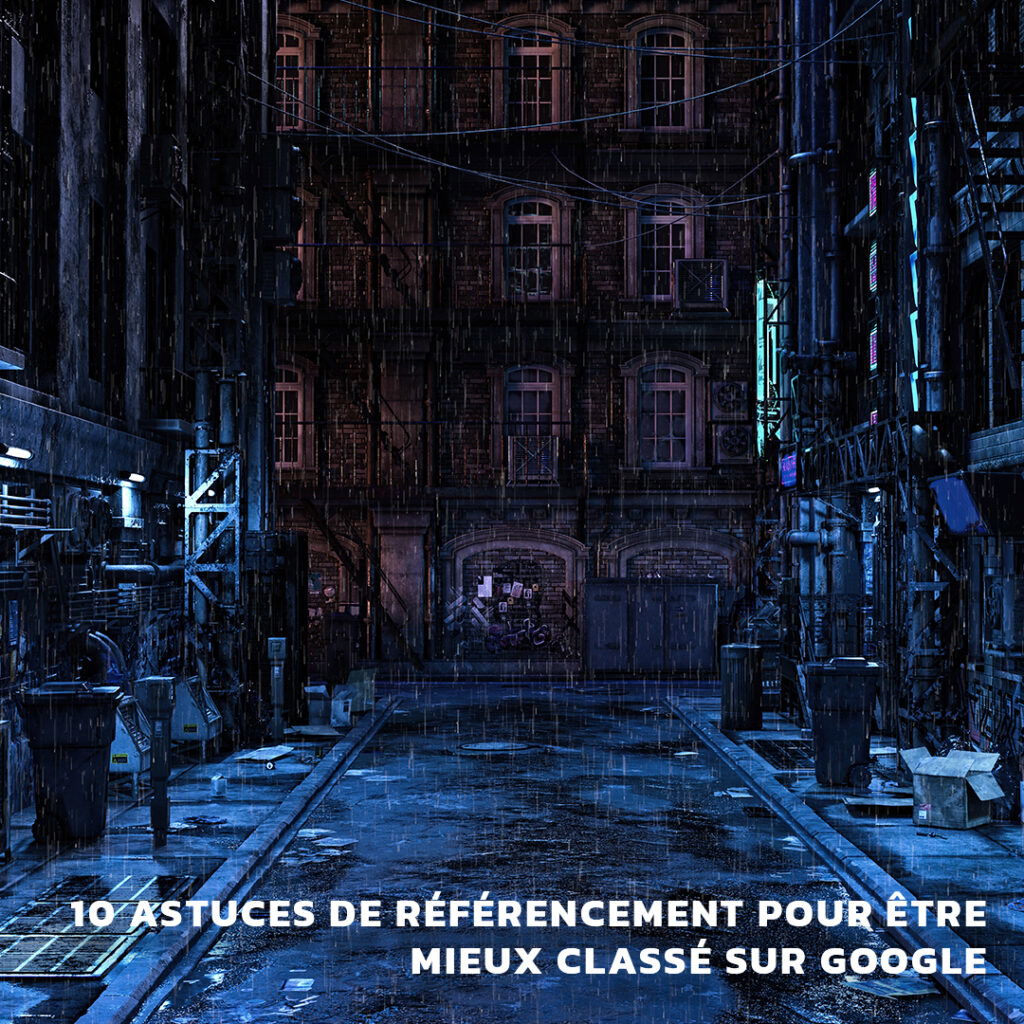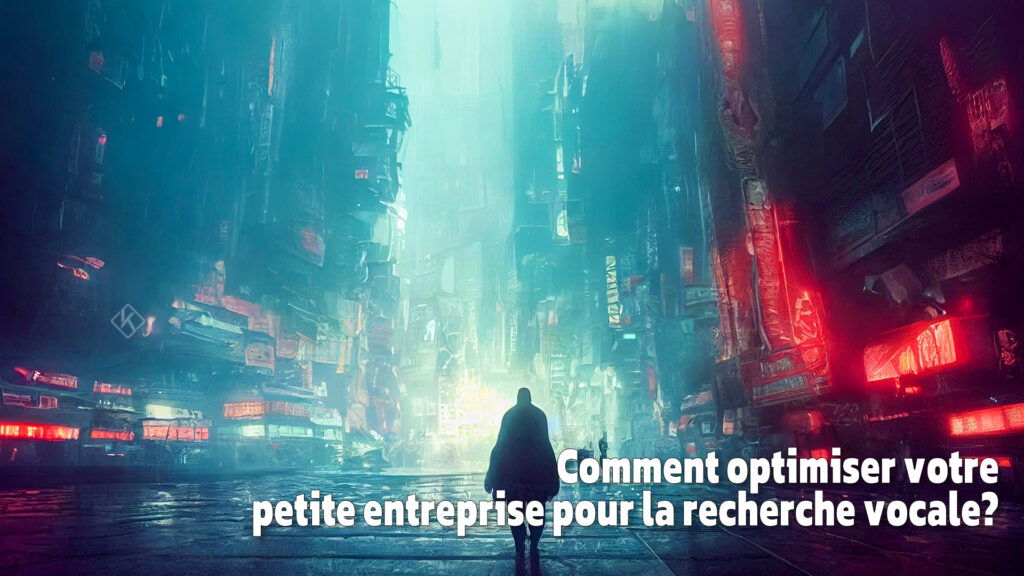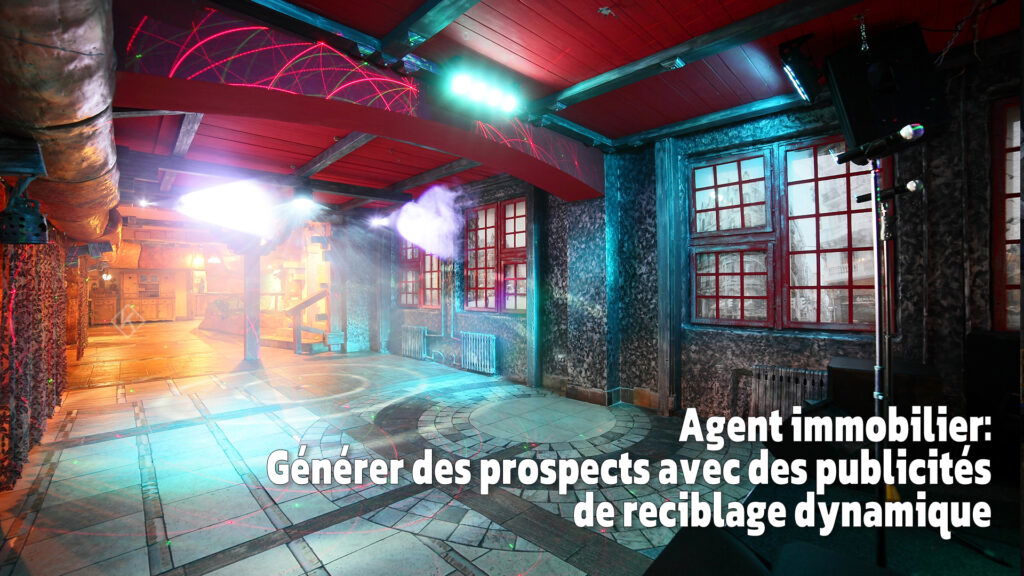Google, one of the world’s most recognized logos.
Here’s a look at the Google logo and company history.
The Google logo is probably one of the most recognized logos in the world. Google holds over 90% of the search market. That’s more than 4 billion Internet users worldwide. In the United States alone, there are 246 million Google users.
What do the colors of the Google logo mean?
Although Google is known for frequently changing its homepage logo to reflect current events and important days in history, the Web giant’s main logo has changed very little over the years. It’s a colorful, instantly recognizable logo that Google has been using since Larry Page created it in 1997 using the graphics program GIMP.
Since then, Google has presented several different iterations of the logo, most often by simply changing the font and slightly rearranging the order of the colors.
So what is the significance of these colors in the Google logo?
It turns out that there’s an important message behind the colors Google has chosen to use in its now-famous logo.
How were the colors of the Google logo chosen?
Any good artist knows how important it is to choose the right colors for their logo, especially when it comes to designing an element as essential to a company’s brand image as a logo.
So it’s no surprise that Google, a company famous for the attention it pays to its logo, didn’t choose the colors for its logo by chance.
When asked how Google came to select the colors it did, Ruth Kedar, the graphic designer who developed the logo the company uses today, says: “There were a lot of iterations of different colors. We ended up using the primary colors, but instead of having the pattern in order, we put a secondary color on the L, which brings back the idea that Google doesn’t follow the rules.”
In deciding on the meaning of the colors of the Google logo, the company’s designers wanted to start with an accepted and recognized motif, conveying the idea that Google itself was just as taken and recognizable as the first color chart taught around the world. Yet the world’s most forward-thinking company couldn’t be satisfied with an entirely conventional design.
Being innovative and pushing the boundaries of what is accepted as essential at the heart of Google’s mission and vision keeps the momentum going.
To convey this idea, Google decided to break with the traditional starting model and make the L in its logo a secondary color.
It’s a simple design with an important message, faithfully translating the company’s vision into a few recognizable colors, arranged in a meaningful order.
What do the colors of the Google logo mean?
Good logo design depends on many factors, not least the colors used. Google was well aware of this when it designed its logo. It set out to choose a color palette that would be both eye-catching and aesthetically pleasing. They would accurately depict the company’s vision.
The scheme chosen was incredibly simple, but it still managed to achieve all three objectives, proving that simple designs are often the best solution and that, when it comes to choosing the colors you use in your logo, a little extra attention to detail goes a long way.
Given its popularity, the Google logo is one of the most recognizable in the world.
The fact that there haven’t been many variations of the logo since its creation in 1998 also contributes to this.
To date, there have only been three major versions of the Google logo, the latest arriving in 2015, billed as the more modern and elegant version of its predecessor.
Google is, without doubt, the world’s most popular search engine, and needs little introduction.
It remains the most visited website on the planet, and its parent company, Alphabet Inc.
is the world’s fourth-largest company in terms of market capitalization.
The evolution of the Google logo
1996: The first Google logo
The company’s first logo actually corresponded to “Backrub”, the first name founders Larry Page and Sergey Brin came up with for their search engine. The name was inspired by the fact that the search engine ‘s primary function was to explore the Internet’s backlinks.
In 1997, however, they abandoned this name for “Google”, a misspelling of the Latin term “googol”, meaning 10100 (10 to the 100th power). The idea behind the name was that the search engine could provide hundreds of results, or googols, for search terms.
1998: First Google logo
While some sources attribute the first design to Page, others claim that Brin created the logo with GIMP, the famous free image editor. This first logo shows the concept of mixing letter colors as originally imagined, and would become the precursor to later versions of the logo. The order of the colors is not the same as in the version that followed, but the basic idea had germinated.
Later, Google added an exclamation mark at the end, supposedly in line with the Internet trends of the time, led by Yahoo! At the time, Yahoo! was the biggest website on the Internet. Google’s founders would have liked to emulate them.
1999-2010: Versions of the Ruth Kedar logo
In 1999, Ruth Kedar, an assistant professor at Stanford University, met Page and Brin through a mutual friend. The young Google founders weren’t entirely satisfied with their logo, so they asked Ruth Kedar if she could produce improved prototypes.
Kedar first created one using the Adobe Garamond typeface, with all the letters in black and a multicolored emblem linking the two letters “O”.
She also removed the exclamation mark.
Its next variant used the Catull font, which should be familiar to most users.
All the letters are in black, with the exception of the second “O”, which is interwoven with red and white geometric shapes and a through line.
The shape was intended to convey a sense of precision.
In several other variants, Kedar became more experimental; she played with colors, adding a magnifying glass in two different versions and nesting the middle O’s in another version. However, simplicity was the key, and the most detailed aspect appeared in the eighth version.
Kedar had to show that Google’s potential was more remarkable than that of a simple search engine, which meant doing away with the magnifying glass altogether.
And to show just how unconventional Google was, she changed the conventional order of the primary colors in the logo.
Simplicity of the Google logo
The last variant was the most minimal and became the official Google logo for 11 years, until 2010 (or 2015, if we ignore the small changes made in 2010).
The changes made to the design in 2010 were only minor, however.
Firstly, Google dropped the drop shadow effect on the wordmark, and secondly, the second “o” changed from yellow to orange.
2015: New Google logo
In 2015, Google felt it was finally time for a rebrand.
Google designers from different cities gathered in New York for a week-long race to develop a new brand image and logo for the company.
After this design sprint, the Google logo has been radically transformed.
While the lettering has retained the multicolored pattern of its predecessor, Google’s new font, Product Sans, is a refreshing change from the previous serif font, Catull.
Product Sans, the company’s new custom font, was to be deployed on all Google products.
Google designers also created a number of logo variants for use on different platforms, such as the rainbow “G” used on the company’s mobile apps.
The 2015 logo, while remaining simple, was also an upgrade for designers.
Switching from a serif to a sans-serif font made it easier for designers to manipulate the design to suit the needs of different platforms, especially mobile.
Serif fonts are generally not known for being scale-appropriate due to the small serifs/glyphs located on the edge of each letter.
When rendered in very small sizes, their legibility is more reduced than that of their sans-serif counterparts.
The new logo has also been designed to look younger, fresher, more fun and less threatening.
In other words, users should see Google as a cool tech company, rather than a massive tech company to be afraid of.
Dynamic logo
Google has also implemented some dynamic logo features in its latest rebranding. When you launch a voice search on your mobile device, you should see three Google dots in a bouncing animation anticipating the query. The dots will then transform into an equalizer corresponding to your speech.
And after you’ve said something, the equalizer reverts to animated dots to show that Google is processing your query.
The beginning of the Google Doodle
The first Google Doodle – a temporary modification of the logo – dates back to 1998.
This was even before Google became an official company.
Sergey and Page were on their way to the Burning Man festival and wanted to display an out-of-office message.
So they added a stick figure behind the second O in the logo.
Over the years, the doodles have become increasingly detailed.
In 2000, Denning Hwang, then an intern with the company, created a doodle for Bastille Day.
This doodle was so well received by users that the founders hired him as “Chief Doodler”.
Today, Google often puts a doodle online to commemorate national holidays and special occasions, such as the birthdays of famous people from the past, like Einstein, Tesla and so on.
Most early doodles were used to mark well-known events, such as Halloween, Mother’s Day, Valentine’s Day and so on.
Over time, however, doodles have become more creative and intended for a variety of occasions, like the 2017 one celebrating (or lamenting) the first day of the school year.
Google logo design elements
Google symbol
In 2015, Google introduced a new favicon alongside the new logo.
The multicolored capital “G” symbol appears on various Google products, including Gmail, Android apps, and in many other places as an alternative to the logo.
What’s the typeface of the Google logo?
The current Google logo uses a sans-serif font, Product Sans, custom-created by the company’s in-house design team. This font is pixel-friendly, thanks to its bold, clean contours, making it suitable for all screen solutions.
What are the colors of the Google logo?
The current Google logo uses its traditional, familiar colors: red, yellow, blue and green. The actual color order of the letters is blue-red-yellow-blue-green-red. This order remains unchanged from the previous version of the logo.
A brief history of Google
Originally known as Backrub, Google grew out of Larry Page’s research project at Stanford. Page was enrolled in the graduate program in computer science, where he was to meet Sergey Brin. At the time, Larry Page was studying the behavior of backlinks on the Internet and the possibility of having a crawler capable of determining which pages were linked to other pages. He saw this as a revolutionary approach to building a kind of search engine.
Thanks to Brin’s mathematical expertise, the two friends teamed up to create the famous PageRank algorithm, named after Larry. The algorithm ranked the importance of web pages according to a few link factors. Thanks to this technology, the most powerful search engine of its time was born, and was launched on Stanford’s private LAN in August 1996.
1998: Google incorporated with $100,000 angel investment
Google was officially incorporated in 1998 under its new name, Google, with $100,000 in funding from Sun Microsystems co-founder Andy Bechtolsheim. The founders then moved their operations to Susan Wojcicki’s garage. Susan would later become CEO of YouTube.
With so many links appearing on the Web every day, Page and Brin believe their search engine can only become more accurate as the Web expands.
September 2002: The failed $3 billion acquisition of Yahoo
By the early 2000s, Yahoo! was well established as the Web’s leading search engine. On the other hand, Google had implemented better search technology and had even become Yahoo!’s search technology provider by the year 2000. In the summer of 2002, Yahoo made an offer to acquire the search engine company for $3 billion, but the bid was quickly rejected. Google’ s founders estimated at the time that their company was worth at least $5 billion.
April 2004: Launch of Gmail
The year 2001 marked the start of an internal project led by Google employee Paul Buchheit. The company’s need for internal communication was growing, and Paul was tasked with creating an e-mail product to meet these needs. Paul had some experience in creating web-based e-mail solutions. He decided to create a faster, lighter application using Ajax, a new Web scripting technology that allows content to be dynamically retrieved from the server without having to reload the page.
On April 1, 2004, Gmail was made available to the public with a data storage capacity of 1 GB, which was far more than any other e-mail service on offer at the time.
In just a few years, Gmail’s popularity surpassed that of Yahoo!
Mail.
October 2006: Google acquires YouTube
Google has succeeded in acquiring YouTube for $1.65 billion, after outbidding technology giants such as Yahoo! and Microsoft. The deal was seen as an excellent one by both parties, with Google entering the video platform sector, and YouTube, barely a year old, now able to draw on the vast resources of the Google enterprise.
Google’s acquisition of YouTube proved to be one of the best acquisitions in the short history of the internet, given YouTube’s position as the web’s number one video platform.
April 2007: Google acquires DoubleClick
By the early 2000s, Google had established itself as one of the largest advertisers on the Internet with its AdWords program.
But with the acquisition of DoubleClick, an advanced advertising technology platform, Google cemented its place as the dominant advertising force in the search engine marketing space.
September 2008: Launch of Android
Today, over a billion smartphone users use the Android platform, but it’s incredible to think that Google originally acquired the platform for just $50 million in 2005.
Android made its debut with the launch of HTC’s dream phone in October of that year.
Today, some 15 years later, the Android platform has a head start over its main competitor, Apple’s iOS.
A modern foray into AI
Today, Google is also at the forefront of research and innovation in the field of artificial intelligence, with major advances in self-driving cars, smart 3D glass technology, Google Maps, voice search and numerous initiatives in the field of education.
Final thoughts
Google is one of the most powerful companies in the world, and its influence shows no signs of fading anytime soon. While the company has had its share of bad decisions, such as the acquisition of Motorola Mobile in 2013, its smart acquisitions and massive success as a search engine and technology solutions provider have more than made up for any missteps.
With its simple but brightly colored letters, the colorful Google logo is one of the most instantly recognizable symbols anywhere in the world.
And after the 2015 rebranding effort, Google’s brand image looks more polished and user-friendly than ever.














